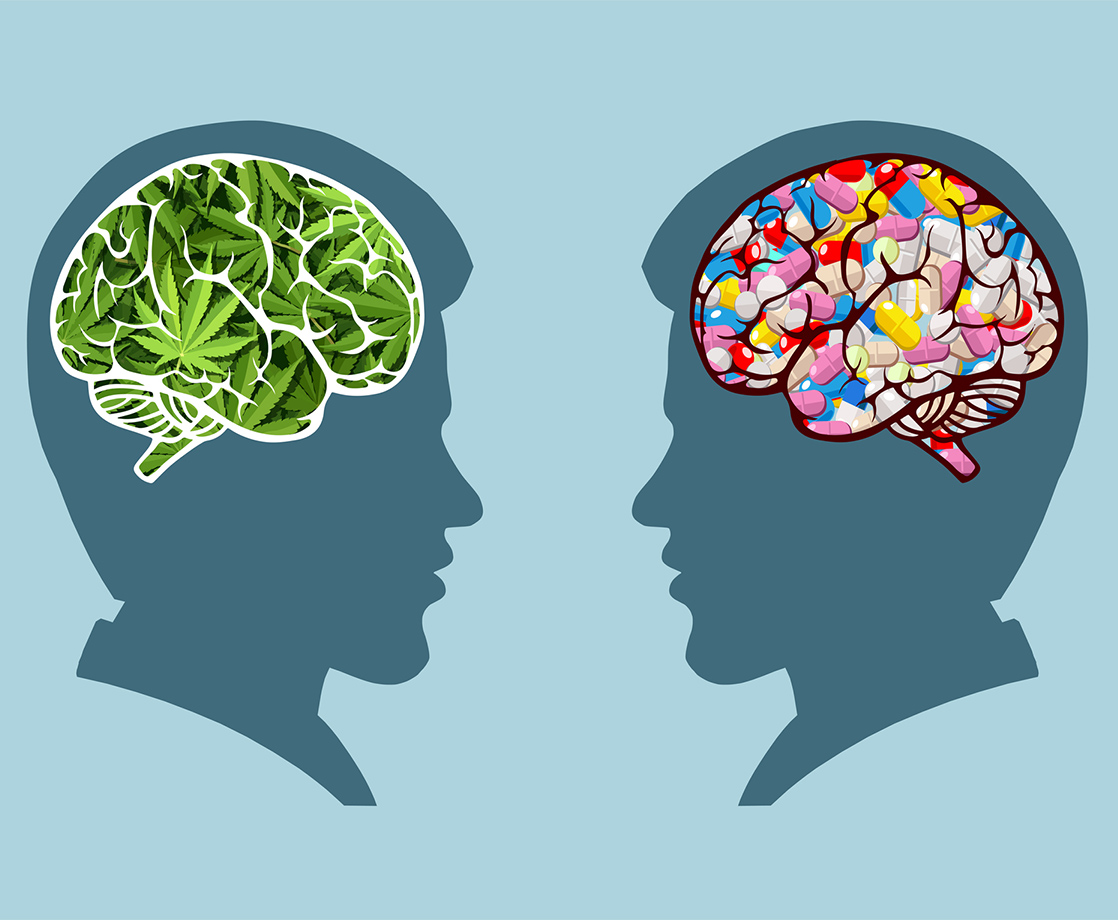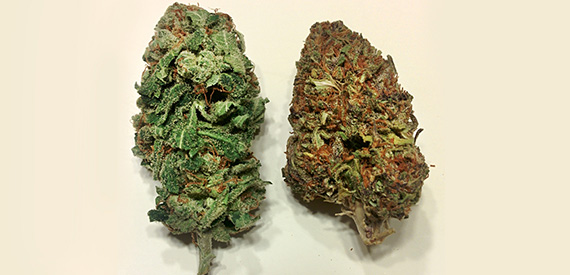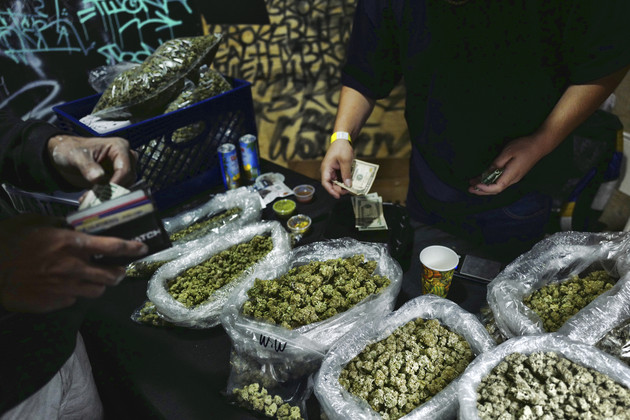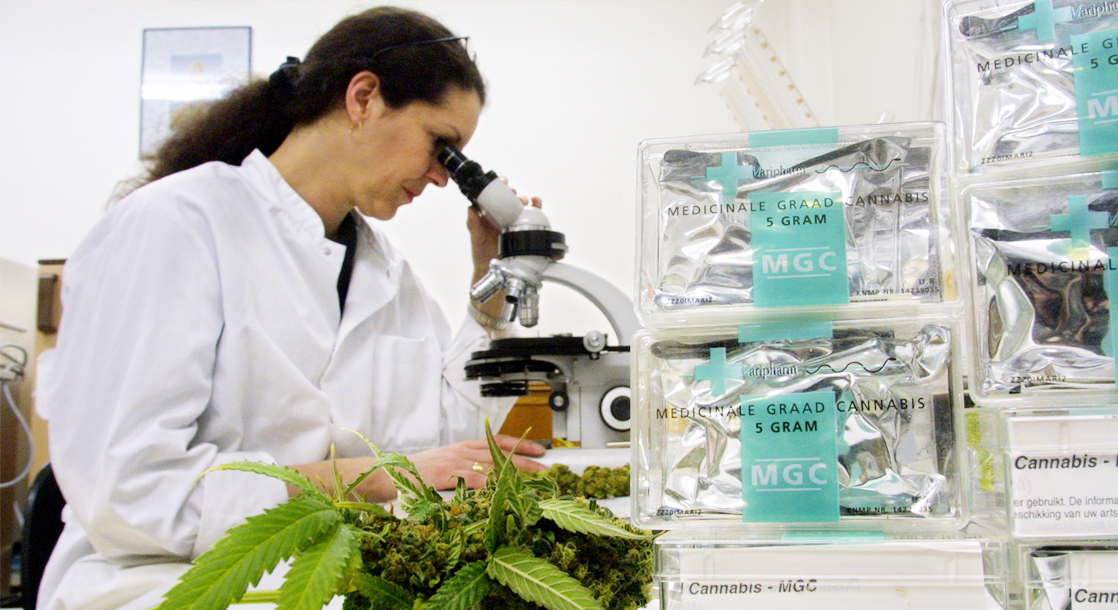Marijuana has a long-documented relationship with human anxiety. Whether it’s tales regaled through generations about extreme paranoia, or insistent anecdotes from medical patients about how it’s the only thing that helped their chronic anxiety, what’s inarguable is that cannabis has some kind of relationship with mental health. Of all the reasons people sought out medical cannabis in California, anxiety was listed as the number two most cited issue. With the abundance of products and conflicting information, how are we supposed to know what is going to help our anxiety, and what’s more likely to exacerbate it?
Although there are an abundance of studies about the effects of marijuana on the human brain, few offer definitive information about the exact ways the plant treats anxiety. Results are to be taken with a grain of salt, for reasons spanning from the short amount of time it’s been legal to even conduct these studies, to the test subjects, which are frequently animals and occasionally healthy humans with no evidence of anxiety disorders. That being said, there’s much we can glean from what we already know about how marijuana interacts with the brain to inform how we can use it to treat anxiety.
Cannabis gets us high due to the cannabinoids in the flower binding to receptors throughout our brains. Many of these elements, particularly THC, interact with the amygdala —the part of the brain responsible for emotional processing and governing fear, stress, and paranoia responses. Brains that have been exposed to excessive stress and trauma display a lack of endocannabinoids, so theoretically, THC and other cannabinoid compounds (like CBD) could fill these gaps, hence, treating anxiety. To get even more specific, the CB-1 receptors to which endocannabinoids bind decrease the reactivity to threat in your brain. So, the question then becomes, why does cannabis sometimes cause anxiety, and sometimes relieve it? And how do we control the outcome as consumers?
When the THC passes a certain threshold, it can over excite these neural pathways, leading to anxiety. This could be the reason why a 2009 study of anxiety and cannabis suggested that frequent users of cannabis have higher levels of anxiety than non-users — the increased frequency of THC consumption leaves the brain less sensitive to our own natural endocannabinoids. Of course, anxiety related to cannabis can be affected by everything from frequency of use and dosage, to the setting in which you’re consuming it.
THC demonstrates something called the bi-phase dose effect. What that means is that at low doses, it acts a certain way, but in high doses it does the opposite. A University of Illinois at Chicago study researched this bi-phasic window to see where the turning point is to give people more control over their cannabis consumption experiences. For infrequent users, the study found that 7.5mg of THC yielded mood elevation and anxiety release, but 12.5mg of THC made subjects anxious and paranoid. If you’re a regular user, however, the window widens and you can tolerate higher levels of THC with little to no anxiety and paranoia. This is why dosages in territories where marijuana is legal is limited to 10mg; it’s scientifically proven to offer you the calmest experience.
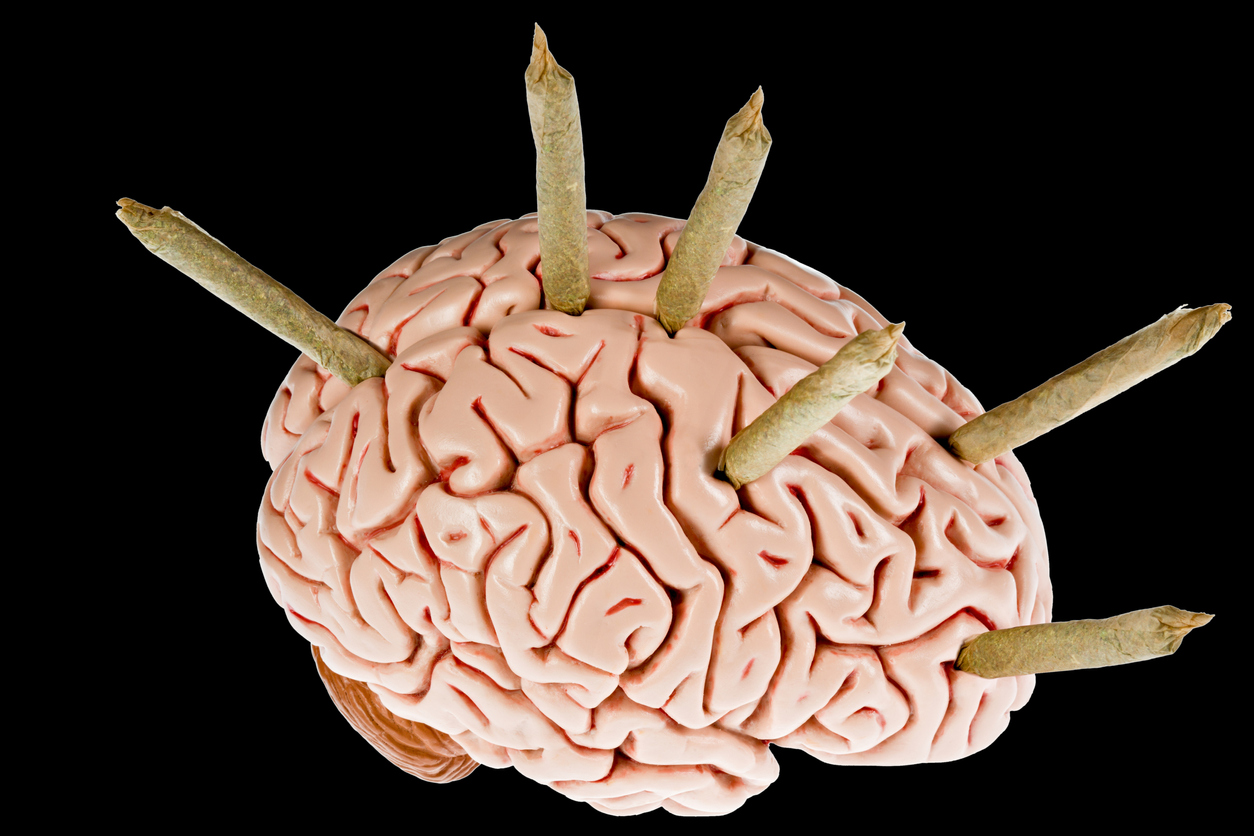
So how does CBD play into all of this? According to a Washington State University study about the role of THC to CBD ratios in treatments for stress, anxiety and depression, CBD does offer separate benefits. This study found that high CBD/low THC strains reduced depression, whereas the low CBD/high THC strains reduced stress. All strains had a positive impact on reduction of anxiety, and were more or less effective depending on the type of anxiety the patient was trying to treat.
So what does all this information tell us, and how can we use it to create the most effective cannabis-based anxiety treatments? The most important finding so far is that THC dosage is critical to how one experiences their high.Therefore, practices such as microdosing are probably more effective for long-term anxiety treatment. Sticking to prepackaged edibles with clearly labeled doses, or small amounts of flower is probably best for this kind of treatment.
Furthermore, one can conclude that sativas like Jack Herer and Sour Diesel, while great for energetic and social circumstances, are more likely to elevate your heart rate and induce orthostatic hypotension in high-anxiety patients, due to their high THC levels. Therefore it’s a much safer bet to lean towards indicas or hybrids with a high CBD/low THC balance. This will also allow you to smoke more, with less fear of passing into the negative part of the biphasic window. Strains like Grandaddy Purple and Cannatonic are a good bet for treating anxiety, especially in those that suffer from chronic anxiety disorders tied to depression.
Although the research is young, scientists believe that cannabis can offer us a long term and substantial treatment to more extreme conditions like seizures and PTSD. As laws catch up to the growing need for research, it appears that marijuana could be the key to unlocking treatment to these chronic issues that plague Americans, potentially even offering us a new form of healthcare unregulated by the untrustworthy Big Pharma industry.
Follow Carolyn Lipka on Twitter


